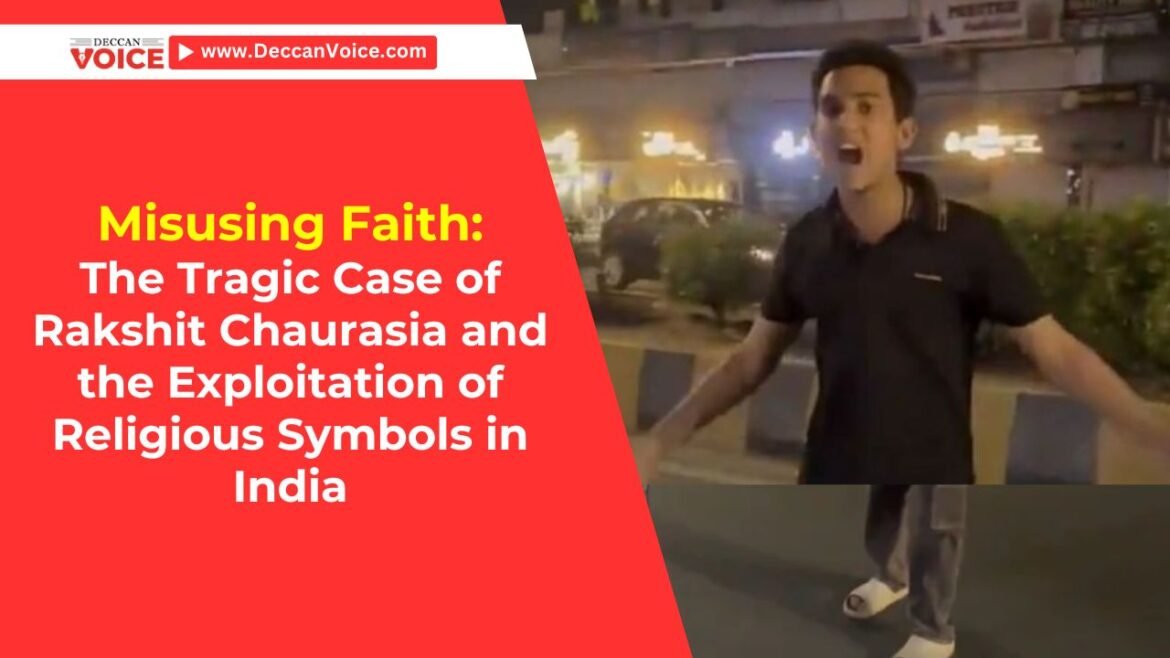Table of Contents
In a tragic event that has sparked national outrage, 23-year-old law student Rakshit Chaurasia from Uttar Pradesh allegedly caused a fatal car accident in Vadodara, Gujarat. The incident resulted in the death of Hemali Patel, 35, and critically injured her husband, Purav Patel. Witnesses reported that Chaurasia, after ramming his car into multiple vehicles, exited the vehicle chanting “Om Namah Shivaya” and displaying a “Rudraksh mala,” a sacred Hindu symbol.
Exploiting Religious Symbols
Chaurasia’s invocation of Hindu chants and symbols immediately after the incident raises concerns about the misuse of religious elements to potentially deflect accountability. Such actions not only disrespect the sanctity of these symbols but also undermine the genuine faith of millions.
A Disturbing Pattern
This incident is not isolated. There have been instances where individuals have attempted to use religious affiliations or symbols to shield themselves from legal repercussions. For example, certain religious leaders in India have been implicated in serious crimes, including rape and murder, exploiting their spiritual stature to evade justice.
Consequences for Social Harmony
The manipulation of religious symbols for personal gain poses significant threats to societal cohesion. It not only tarnishes the image of the religion but also fosters distrust among communities. Such actions can lead to communal tensions, especially in a diverse country like India, where religion plays a pivotal role in daily life.
Legal and Ethical Implications
Indian law does not provide immunity based on religious affiliation. Attempting to use religion as a shield against legal accountability is both unethical and illegal. The judiciary must ensure that such tactics do not influence the course of justice, maintaining the secular fabric of the nation.
Public Response and Media Coverage
The public’s reaction to Chaurasia’s actions has been one of anger and disappointment. Media outlets have highlighted the audacity of using sacred chants in the aftermath of a grievous act, calling for stricter measures against such exploitations. This incident has reignited debates on the intersection of crime, religion, and accountability in India.



